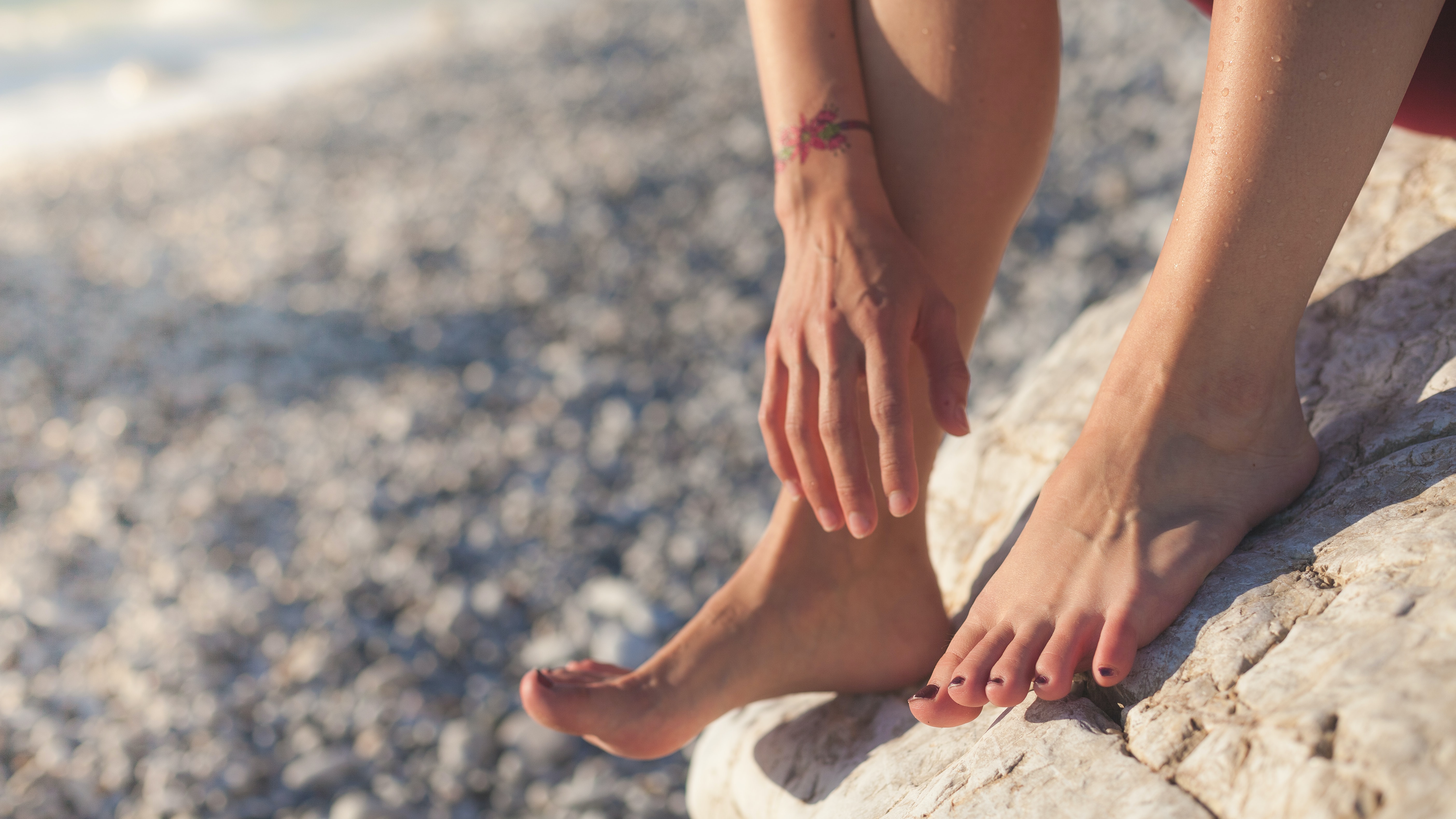
Depending on your lifestyle, the shoes you wear, and how often you’re on your feet, you’ve probably had corns or calluses at some point in your life. These thickened skin portions develop to protect a particular area on your foot from further irritation, making it a type of defence mechanism. When thickened skin occurs on the bottom of your foot, it’s referred to as calluses. Meanwhile, if they appear on your toes or elsewhere on top of your foot, these are called corns.
The thickened skin location is less important than the way it thickens; wide, expansive skin thickening is a callus, and deeper skin lesions are corns. They’re not contagious, but they can quickly get painful if they develop too thick. However, it can easily lead to complications in people with decreased circulation and diabetes.
The Causes of Corns and Calluses
Corns occur when you wear shoes that fit too snugly, which causes the toe to rub against the interior too often, causing inflammation. Meanwhile, putting too much pressure on the balls of your feet—which commonly occurs in women who wear high heels frequently—leads to calluses in these areas.
Hammertoes and other similar foot deformities are more likely to develop corns and calluses. The best way to prevent corns and calluses is to wear properly fitted shoes; not too tight and not too loose. If you have any foot or toe deformities, it’s best to consult a podiatrist to find shoes that fit comfortably. You may also want to consider using gel pads, which will decrease pressure points and friction in your shoe.
Caring for Corns and Calluses at Home
Mild corns and calluses don’t require special treatment, especially if they aren’t bothering you. You can leave it alone, but it’s best to wear properly-fitting footwear to prevent them from worsening. You may also want to eliminate the possible causes of your corn or callus.
While over-the-counter medications are available, they can exacerbate your corn and callus, which is especially true if you have diabetes. They often contain harsh chemicals that can result in foot ulcers and burns, so it’s best to stay away.
Visiting a Podiatrist for Diagnosis and Treatment
If the corns and calluses are starting to cause you discomfort and interrupt your daily activities, then you’ll need to visit a podiatrist in a Brisbane physiotherapy clinic. This requirement also holds true if you have other existing conditions that may worsen the corns and calluses. The podiatrist will examine your feet and shoes, even using X-rays to check if anything is amiss within your foot.
If they diagnose your corns and calluses to be mild, the podiatrist will suggest swapping your shoes or using padding. If you have large corns and calluses, the podiatrist can reduce these with a surgical blade by carefully shaving off the dead skin. The procedure doesn’t hurt because the skin has died, which means you won’t feel anything. However, if the corn or callus reappears, you may need additional treatment.
On the other hand, if your corn or callus is causing you extreme pain, the podiatrist may inject cortisone into your foot or toe. If they don’t respond to such treatment, surgery may be necessary.
Conclusion
Corn and calluses are relatively harmless when they’re mild, as they’re effectively dead skin that can be shaved off. However, if they start causing you pain and discomfort, it’s best to seek the expertise of a podiatrist, who can accurately diagnose your condition and recommend the best treatments. With their help, you can restore your feet to normal.
Anytime Physio is a family-owned Brisbane physiotherapy clinic. We offer cost-effective physiotherapy, remedial massage, and other services. Our staff comprises musculoskeletal physiotherapists, podiatrists, and sports injury physiotherapists that deliver rehabilitation plans tailored to each of our patients. Get rid of your corn and calluses today by contacting us for an appointment!

